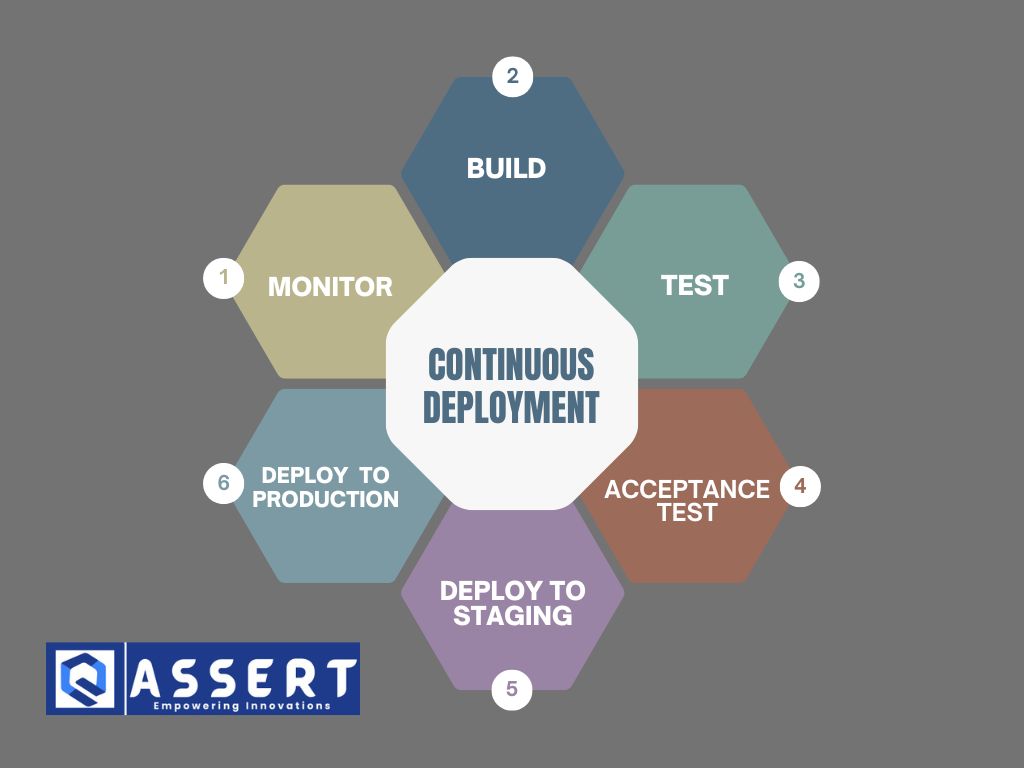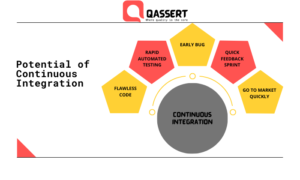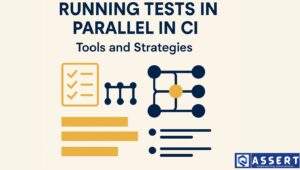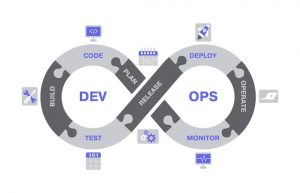Introduction: Why Continuous Testing Matters
Continuous Testing in CI/CD means testing your software automatically at every stage of the development process. It ensures bugs are found and fixed early. This leads to faster releases and more stable software.
Whether you’re building apps, websites, or services, continuous testing is the key to reliable, quick delivery.
What Is Continuous Testing in CI/CD?
Continuous Testing is the process of automatically running tests during the software delivery lifecycle. It works within CI/CD pipelines to test code every time a developer makes a change. This helps identify errors early and keeps the software working smoothly.
Top Tools for Continuous Testing
Here are popular tools to help implement Continuous Testing in CI/CD:
1. Jenkins
Jenkins is a popular CI tool that supports automation and test integration. It works with many plugins and is open-source.
Jenkins Official Site
2. GitHub Actions
Built into GitHub, this tool helps run tests as part of your development workflow.
3. CircleCI
CircleCI is a fast and flexible CI/CD tool. It supports Docker and integrates easily with GitHub and Bitbucket.
4. Selenium & Playwright
For web UI automation testing. Selenium supports multiple browsers. Playwright is fast and supports modern testing.
5. JUnit, TestNG, and Cucumber
These are common Java testing frameworks used in CI pipelines.
6. SonarQube
Helps you with code quality analysis and security testing in CI/CD pipelines.
SonarQube Website
Best Tricks for Successful Testing in CI/CD
1. Shift-Left Testing
Start testing early in the development cycle. This reduces time and cost.
2. Parallel Testing
Run tests simultaneously to speed up the process.
3. Use Mock Services
Avoid dependency on external services during tests.
4. Test Data Management
Use dynamic or pre-set test data to ensure consistent test results.
5. Smart Test Execution
Run only the tests impacted by the latest code changes to save time.
Common Pitfalls and How to Avoid Them
Even experienced teams can run into problems. Here’s what to watch out for:
Long Test Suites
Too many tests can slow the pipeline.
Solution: Use parallel and selective testing.
Flaky Tests
Tests that sometimes fail without reason.
Solution: Isolate and fix unstable tests.
Poor Test Coverage
Skipping tests leads to missed bugs.
Solution: Use tools like JaCoCo to check test coverage.
Ignoring Failed Tests
Never ignore red flags in CI/CD.
Solution: Stop the build and fix before continuing.
No Alerting System
Not knowing when tests fail.
Solution: Set up alerts in tools like Slack or email.
Why Continuous Testing is a Game-Changer
- Reduces manual testing effort
- Speeds up delivery and feedback
- Improves code quality and stability
- Supports DevOps and Agile teams
Conclusion
Implementing Continuous Testing in CI/CD is essential for delivering reliable software faster. By using the right tools, smart testing practices, and avoiding common mistakes, your team can stay ahead in the development game.
Whether you use Jenkins, GitHub Actions, or Playwright, integrating testing into every stage of your CI/CD pipeline ensures quality from start to finish.




